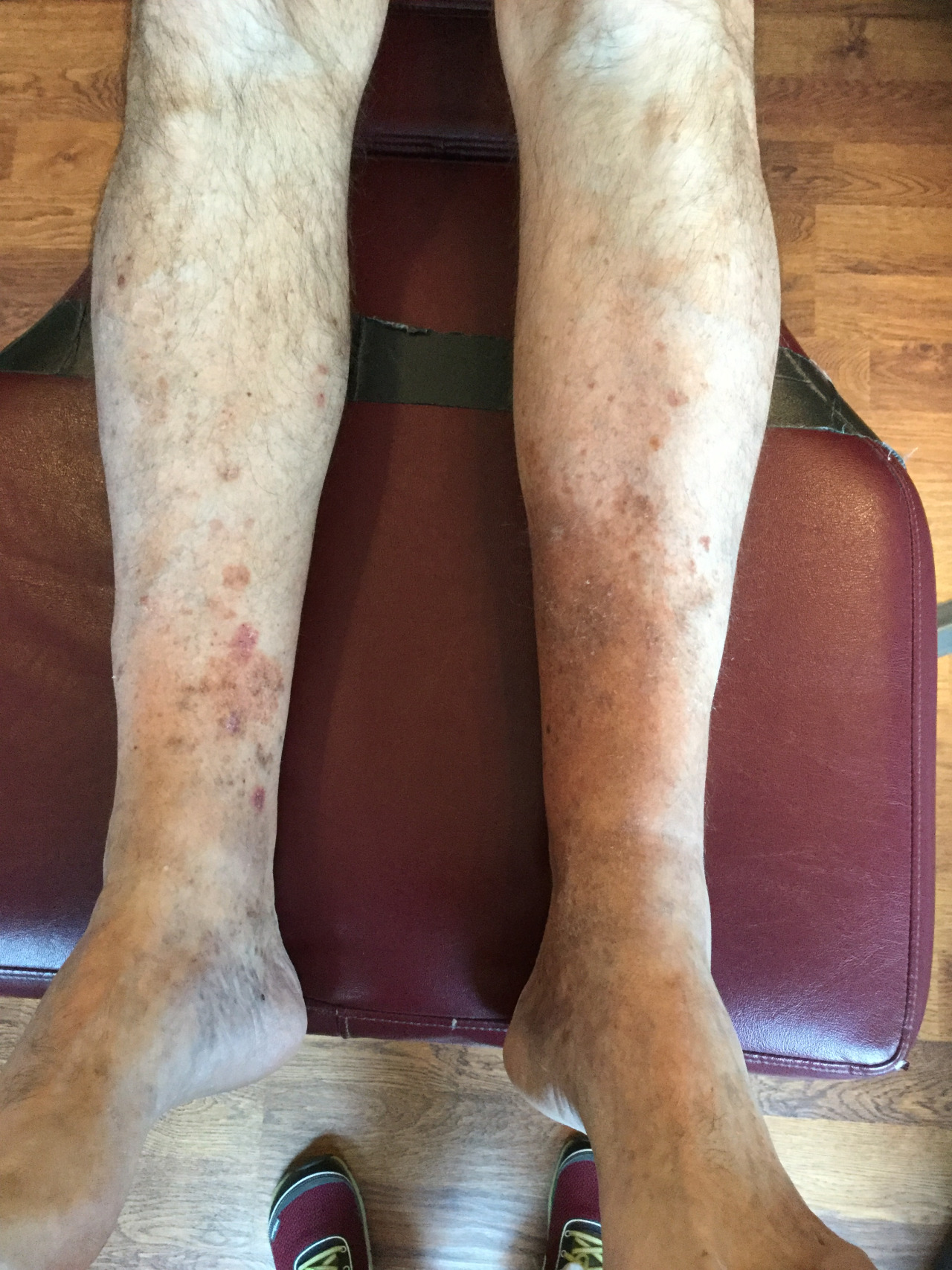Gait Pathomechanics: Walking in a Pencil Skirt.
We wrote this piece 5 years ago. We are updating it with a new disasterous video. Speed ahead to the 30 second mark to get to the good stuff. The Gait stuff. Read the blog post and then come back to the video and see what we talk about. There are some severe gait compromises in a skirt like this, let alone with the high heel shoes accompanying the gait.
According to wikipedia:
The slim, narrow shape of a pencil skirt can restrict the movement of the wearer so pencil skirts often have a slit at the back, or less commonly at the sides. Sometimes a pleat, which exposes less skin, is used instead of a slit. The classic shoes for wearing with a pencil skirt are high heels,[3] with sheer stockings or tights. The predecessor to the pencil skirt is the hobble skirt, a pre-WWI fad inspired by the Russian Ballet. This full-length skirt with a narrow hem seriously impeded walking. The French designer Christian Dior introduced the classic modern pencil skirt in the late 1940s. The pencil skirt feels different from looser skirts, and can take some adjustment by the wearer in terms of movement and posture in order to manage it successfully. Walking needs to be done in short strides; entering and leaving a car gracefully takes practice; and when sitting the legs are held close together which some find restrictive (though others like the feeling of their legs being “hugged” by the skirt). Activities such as climbing ladders and riding bicycles can be very difficult in a pencil skirt. The pencil skirt is warmer due to the reduced ventilation, and is less likely to be blown up by gusts of wind.
The Gait Guys dialogue on pencil skirts :
Tie a rope or theraband around your knees, you will suddenly experience the short cute steps that this gals does devoid of almost all hip flexion and hip extension, both serious gait cycle restrictions.
Without hip flexion-extension the entire timing of the swing phase is off. No longer can there be adequate use of the obliquity of the pelvis and thus abdominals or contralateral leg swing to initiate supination and toe off.
Step and stride lengths are dictated by the tightness of the roap, and in this case the diameter and give of the bottom of the skirt. Not to mention the bloody complication added by the high heels !
- There is an unnatural oscillation of the pelvis due to the restrictions mentioned above.
The Pencil skirt: Never again will you be able to wear one and not notice its gait impairments. Nor will men be able to just watch the ladies in the skirts for the appreciation of beauty and style. Men, you will have much more to study now, you just may hate us for your undying need to evaluate the biomechanics in skirt wearers forevermore ! Just be sure you do not abuse this new evaluation superpower as an excuse to your spouse to watch girls walk by. We are not responsible for abuses of acquired superpowers. And although we many have actually just become your new heros, just remember, with great powers come great responsibilities.
Shortly we will be selling a new product, “pencil skirt training noose” on our online store. $50 for the finest roap loops !
Shawn and Ivo, your new superheros of gait. Gait Fashonistas, perhaps we have a purpose and calling in the fashion industry !
















